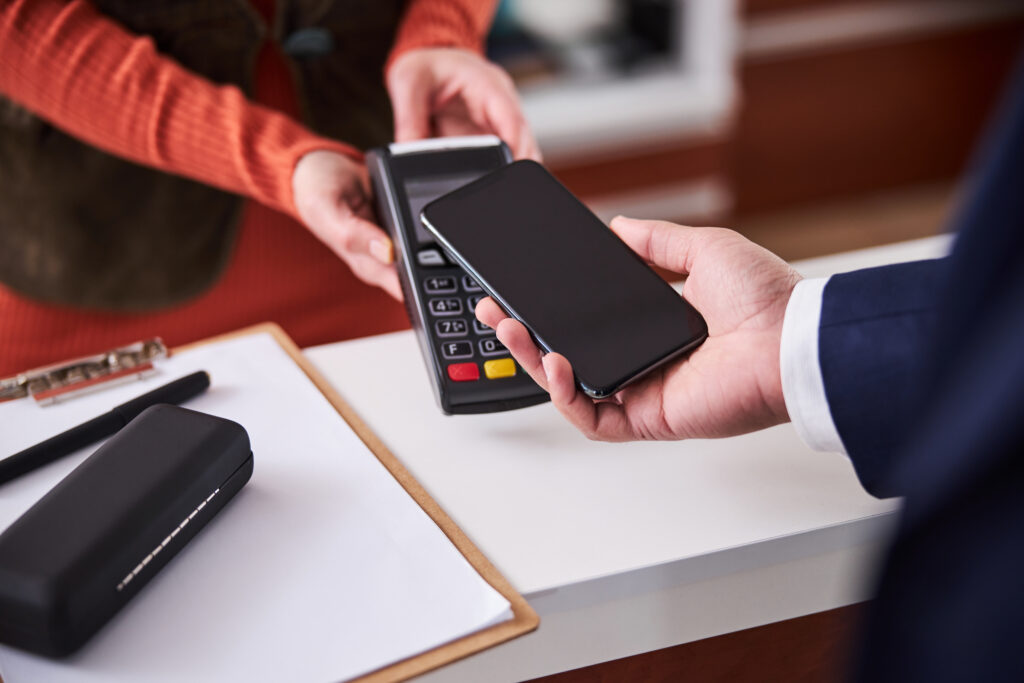‘Tis the Season for Secure Payments: Protecting Your Business from Holiday Fraud
The holiday season is here, bringing with it the hustle and bustle of surging online transactions. Consumer spend is expected to rebound above pre-pandemic levels for the first time, even as 72% of shoppers anticipate higher prices.
Inflation dread isn’t enough to deter cash-strapped consumers. Credit options, such as Buy Now Pay Later short-term financing, will cover an estimated 13% of holiday purchases this year.
With the uptick of consumers embracing the holiday splurge, it’s essential to ensure that your store is safeguarded from the Grinches of the online world—fraudsters. Here are three tips to keep your e-commerce business merry and bright:
1. Hosted Payment Pages: A Trusted Haven for Transactions
Picture a secure fortress for your customers’ payment data—one that’s not on your servers. This is where securely hosted payment pages with a reliable payments provider come into play. By directing your online payments through these secure pages, you’re ensuring that sensitive payment data doesn’t linger in your system like a misplaced ornament.
The beauty of securely hosted payment pages lies in their ability to provide a seamless and secure transaction experience. Customers enter their payment details on a page hosted by the payments provider, keeping the crucial data away from your servers and reducing your PCI (Payment Card Industry) Data Security Standard scope. This ensures a worry-free experience for both you and your customers that leaves fraudsters out in the cold.
2. Digital Wallets: Security Wrapped in Convenience
‘Tis the season for giving, and what better gift to offer your customers than secure and convenient digital payment methods? Enter digital wallets. With enhanced security features, they provide a hassle-free and speedy checkout experience.
By offering popular digital wallets at your checkout, you’re not just embracing the holiday spirit—you’re also aligning with what consumers trust. Digital wallets safely store payment credentials and employ advanced encryption techniques to keep them protected. It’s a win-win—customers get a seamless payment experience, and you get the peace of mind that their data is protected.
3. Tokenization: Turning the Tables on Fraudsters
If you want to take your holiday defenses up a notch, consider the power of tokenization.
Tokenization involves replacing actual card and ACH payment data with generated tokens. These tokens have no intrinsic value and provide no value to fraudsters. It’s the equivalent of leaving fake presents under the tree for anyone attempting to snatch them. A reputable payments provider can assist you in implementing this robust layer of security, ensuring that even if a Grinch manages to sneak into your system, they leave empty-handed.
In the midst of the holiday season excitement, don’t let the fear of fraud steal your joy. By following these three tips—utilizing hosted payment pages, offering secure digital payment methods, and embracing tokenization—you can ensure your online business stays secure while shoppers stuff their carts.
CSG Forte is here to protect your payments this holiday season. Contact us to get started today.





